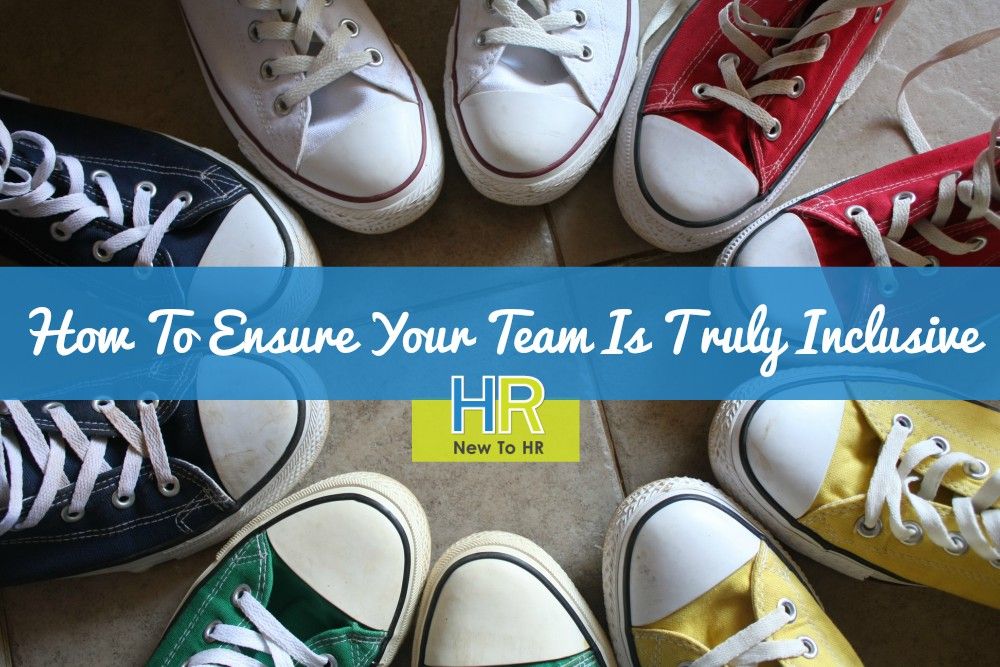
How To Ensure Your Team Is Truly Inclusive
International bodies such as the EU are beginning to get serious about discrimination, so if your organisation has yet to adopt an effective and ethical diversity and inclusion policy then now is a great time to start.
But how do you start creating such a program?
Any HR manager who thinks that a list of dos and do nots will suffice is likely to be in for a shock, particularly if their area of responsibility extends outside of their native country.
Diversity issues vary widely between – and even within – countries as does the meaning of inclusion itself, and it can be all too easy to view the issue from one’s own cultural viewpoint. Fortunately there are quality resources out there that can help you gain a more global view of the issue and overcome this ethnocentric tendency.
Managing Diversity & Inclusion
A valuable book on the topic is ‘Managing Diversity & Inclusion: An International Perspective,’ by Jawad Syed and Mustafa Ozbilgin. This weighty volume (over 300 pages long!!) covers the whole spectrum of diversity theories, from the most traditional to the cutting-edge. Most important for the HR professional, the book also delves into numerous case studies from across the globe showing how diversity policies have worked – and failed to work – in such disparate environments as the NHS in the UK, nursing homes in Sydney and businesses in South Africa.
The thoughtful leader will be able to follow the academic critiques and carry out his or her own assessments of various approaches before working on designing their own program. There is also plenty in the way of references and further reading, and even a companion website where you can order a review copy of the book and access additional resources.
Diversity Between and Within Countries
One of the main realisations to come out of ‘Managing Diversity…,‘ is that there are significant differences in integration issues both within and between countries.
For example, looking at inter-country variation, we have the ongoing effects of colonialisation playing out in Western Europe, manifesting in tensions between different ethnic and national groups; the strong focus on racial equality in post-apartheid South Africa and the high-profile controversies involving sexual discrimination in India and homophobia in Russia – just to touch on a few.
Then there are the complex issues of religious freedom of expression and intersectionality (how demographic factors can combine in discrimination) to contend with. This is dealt with in the final part of this three part volume.
From the above, it should be clear that creating a ‘one size fits all‘ diversity and inclusion policy is a massive undertaking, particularly for a global organisation with multiple national offshoots.
The Goals of Inclusion
In order to work, any diversity and inclusion policy needs to be more than just an exercise in compliance. It needs to balance the need to be socially responsible and ethical (in other words, caring) with the goals of the business. Also, employees need to feel they belong to the collective without being afraid to express their individuality.
This is not an easy task but a confident, informed and proactive HR leader will stand the best chance of success.
© New To HR


